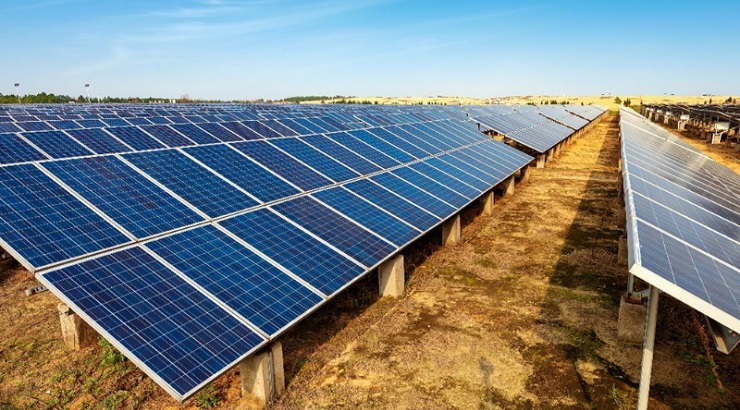Infrastructure
KenGen to Build 42.5MW Solar Plant at Seven Forks
The solar photovoltaic (PV) plant will be set on 80 hectares of land.

KenGen is set to begin construction of a 42.5MW solar plant at Seven Forks early next year, funded by the French Development Agency (AFD) to the tune of Sh8.4 billion.
The solar photovoltaic (PV) plant is expected to diversify the company’s revenues while optimising space around its existing hydropower projects for additional value.
The Seven Forks Solar PV project will be set up on 80 hectares owned by KenGen. The site has a high solar irradiation of more than 2,000kWh/m2, making it ideal for development.
The solar park is expected to offer the cheapest power tariffs in the country once it starts operations in December 2027.
It will use the sun’s intensity during the day to generate power and conserve water at the dams for power generation at night.
The Seven Forks Hydro Stations are a series of hydroelectric dams built along Kenya’s Tana River, spanning Embu and Machakos counties in Eastern Province. They include Masinga, Kamburu, Gitaru, Kindaruma, and Kiambere dams.
“All the approvals for the project have been finalised, paving the way for the construction phase of the project, which will be commissioned soon,” KenGen managing director Peter Njenga said in a statement.
Mr Njenga said the project will inject more power into the national grid while ensuring a stable supply of electricity to catalyse economic development.
Corporate strategy
The proposed solar plant is part of the company’s revamped corporate strategy seeking to add 3,000MW to the national grid within the next 10 years.
This will double the country’s installed generation capacity to 6,000MW.
KenGen is also advancing plans for the rehabilitation of its existing power plants to make them more efficient for sustainable generation of electricity.
For instance, the Gogo Power Station in Migori County is undergoing upgrades to increase its capacity from 2MW to 8.6MW.
RELATED: Solar Energy, Geothermal to Power Kenya’s Next 40 Years
The executive added that KenGen is capitalizing on the ongoing rains to expand hydropower generation to ensure greater availability of electricity for Kenyans.
“We have increased our hydroelectricity generation at Sondu and Sangoro power stations as well as Turkwel due to the increased rainfall,” Mr Njenga said.
The project comes when Kenya’s solar power generation capacity is at a record high, as investors seek to leverage the country’s prime location at the equator to maximise solar exposure for enhanced energy production.
Data from the Kenya National Bureau of Statistics shows that solar power generation rose to a record 491.48 million kilowatt-hours (kWh) in 2023 following the commissioning of a 40MW plant at Kesses in Uasin Gishu.
This marked a 28% growth in output from 383.54 million units in 2022.
Kenya currently has four 40MW solar plants – Malindi, Cedate, Selenkei, and Alten (Kesses), supplying renewable power to the national grid. Strathmore University’s 0.3MW solar plant also injects a small amount of power into the grid.
Interestingly, a significant portion of large power consumers have recently transitioned to generating their solar power to beat the high cost of electricity.
RELATED: Inside Kenya’s Small-Scale Solar Energy Revolution
In 2021, the national electricity distributor, Kenya Power, reported that a significant number of its large customers, contributing about 68% of its sales revenues, were transitioning toward self-generated solar power.














